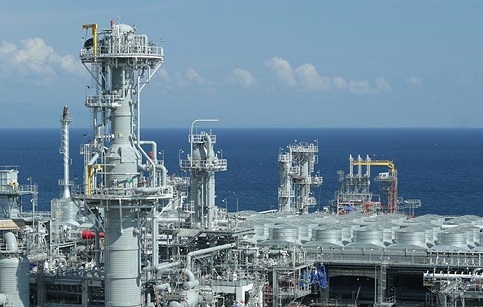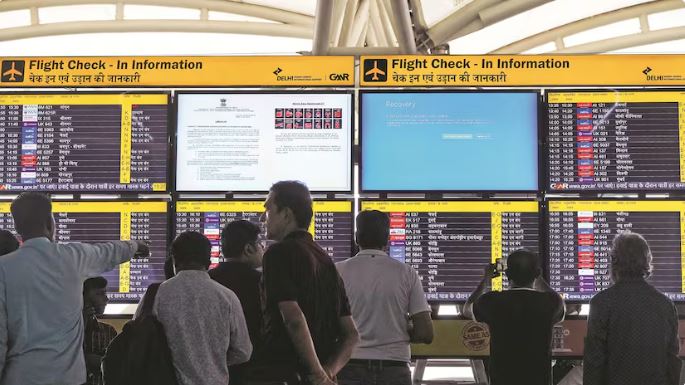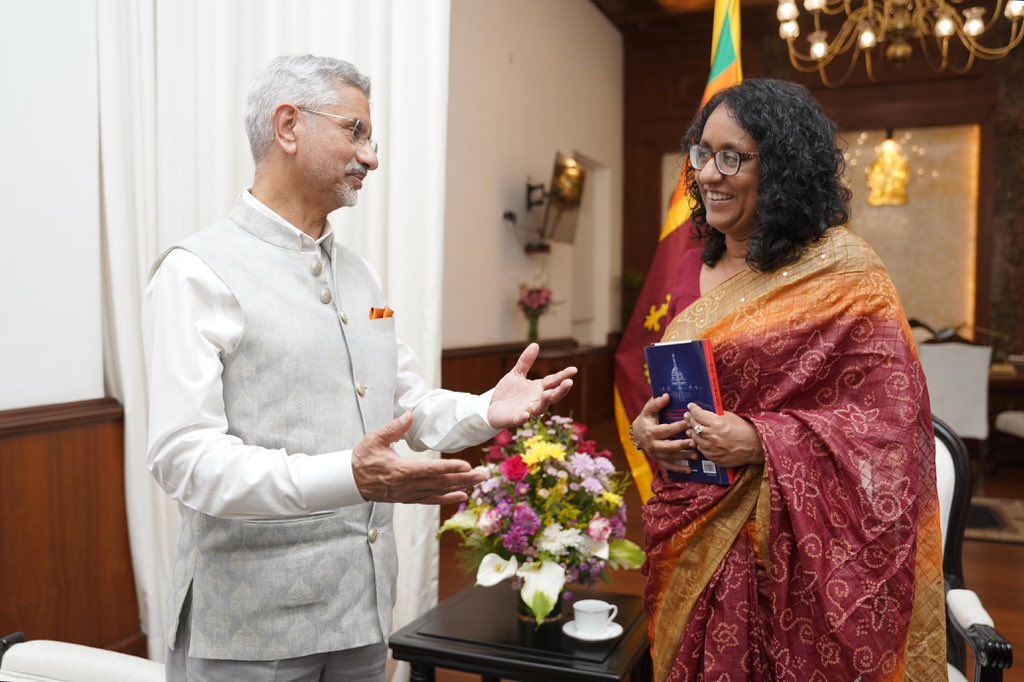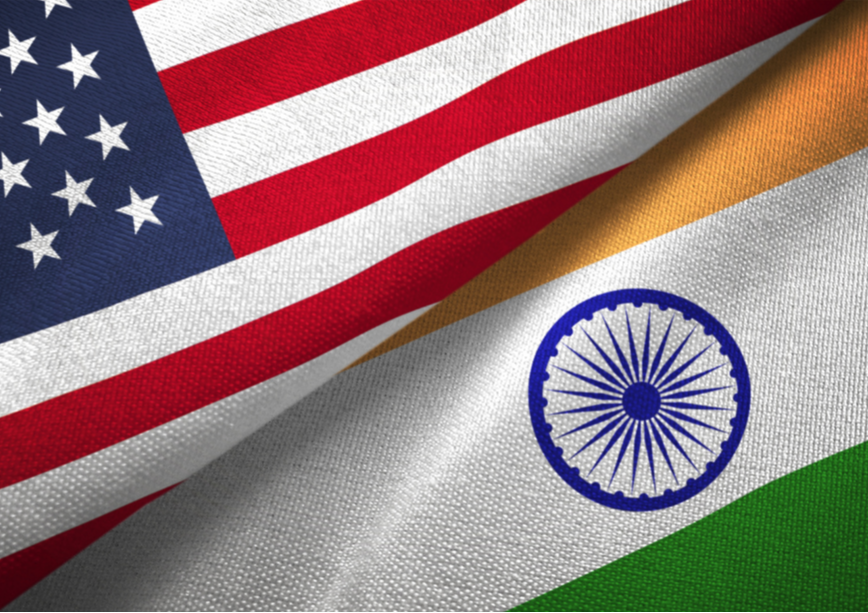LNG importers vulnerable to possible supply disruption from Russia: Report

NEW DELHI: Moody's Analytics in a recently published analysis titled " APAC’s Direct Trade with Russia”; said that if a material and sustained escalation in the con?ict between Russia and Ukraine were to constrain Russia’s gas exports, global gas prices would rise. And although there are other large global producers that could reroute supplies, it would take time to build infrastructure and increase lique?ed natural gas processing capacity. In the meantime, global supplies would stay tight.
The analysis informed that there has been a material divergence in gas prices between Europe and Asia. Prices between regions tend to vary, re?ecting long-term LNG contracts and regional in?uences.
Europe’s gas prices retreated from the December spike as supply issues eased, U.S. LNG exports increased, and relatively mild winter temperatures reduced heating needs in Europe. In contrast, Asia's gas price gains have been relatively muted, as high inventories in Japan and China have subdued demand.
As the largest gas importers in the Asia-Paci?c region, Japan, South Korea, China and India use an array of suppliers to reduce dependence risk and exposure to unforeseen events such as geopolitical ?are-ups and natural disasters. Japan is a useful case in point. Japan is the world’s largest buyer of LNG. It bought 21% of global LNG imports in 2020, according to the International Trade Administration. Japan’s largest supplier is Australia, but it also has long-term contracts with Malaysia, Qatar, Russia and Brunei.
Although China is the largest gas producer in the Asia-Paci?c region, most is intended for domestic use. More than 30% of China's gas needs are met by imports. The region's largest gas exporters are Australia, which accounted for 13% of total global gas exports in 2019, followed by Malaysia at 3.4% and Indonesia at 2.5%.
The majority of China’s gas supplies are sourced from Australia, followed by Turkmenistan, Russia, Qatar, the US and Malaysia. China’s reliance on US LNG has increased greatly in recent years at the same time that its appetite for Australian LNG has waned. In 2021, the U.S. supplied 12% of China’s LNG imports, up from 5% in 2020.
The US will be of growing importance as a gas supplier to Asia and globally over the next decade as its supply capacity ramps up. Meanwhile, Australia accounted for 39% of China's LNG imports in 2021, down from 43% in 2020, according to China’s General Administration of Customs.
Pertinent to mention Russia is the world's largest exporter of gas. The majority of its gas exports stay in Europe, with Germany, Italy, Turkey, Austria and France the largest recipients. Nevertheless, Asia’s largest economies—China, Japan, South Korea and India—all source some of their gas needs from Russia.











